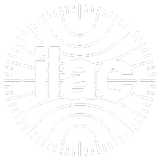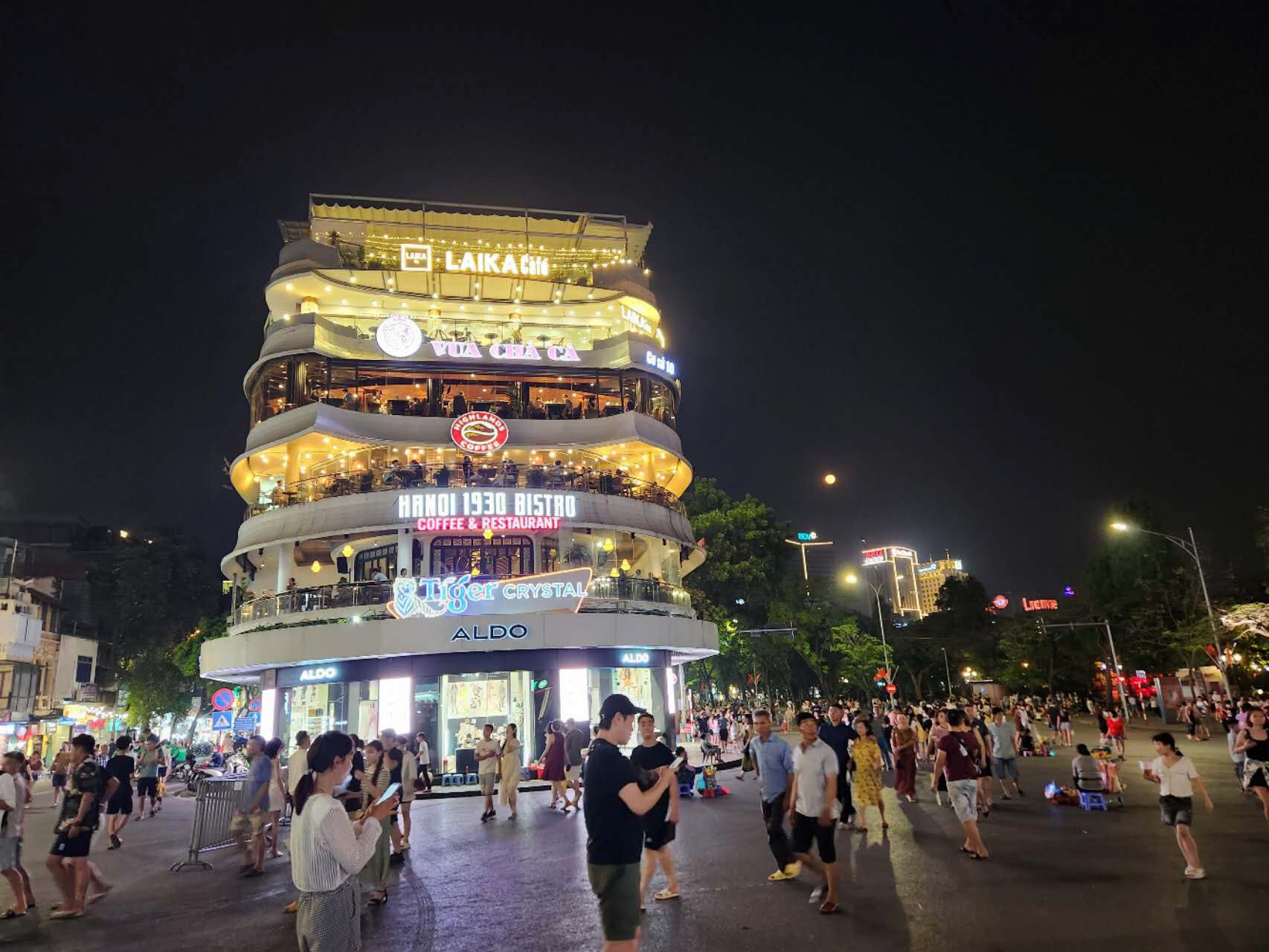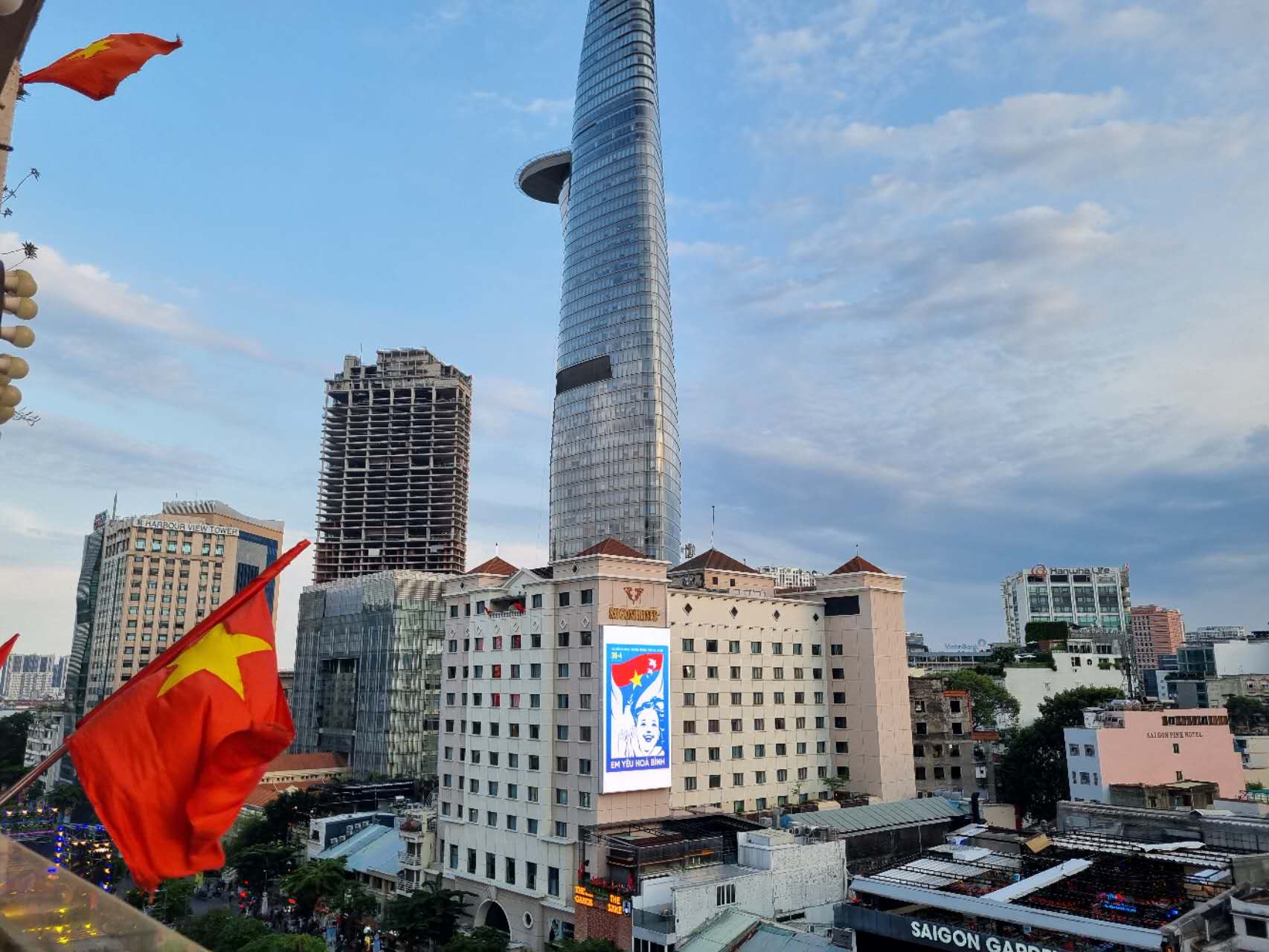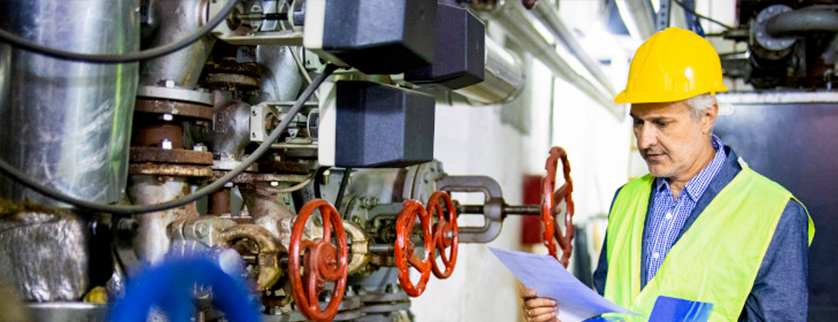Inspection News
Inspection and Risk Management: The Crucial Role in Identifying, Mitigating Hazards, and Preventing Incidents
In any business or manufacturing sector, risk management is an indispensable aspect to ensure smooth and safe operations. A key part of the risk management process is inspection. By detecting potential hazards early and implementing preventive measures, inspection not only mitigates risks but also prevents serious incidents from occurring. This article will explore the role of inspection in risk management and the benefits it provides.
What Is Inspection?
Inspection is the process of evaluating, analyzing, and thoroughly reviewing a product, service, system, or process to identify any defects, technical errors, or factors that could pose a risk. The primary goal of inspection is to ensure that everything is functioning according to established standards and that there are no underlying threats.

The Role of Inspection in Risk Management
- Identifying potential hazards: During inspection, experts conduct a detailed analysis of each element to identify potential risks. These could include technical flaws, workplace safety issues, or deviations in production processes. Timely detection of risks allows organizations to implement corrective actions before they lead to severe consequences.
- Ensuring compliance with standards and regulations: An essential aspect of risk management is ensuring that business activities comply with safety standards and legal regulations. Inspection helps organizations assess whether they fully adhere to quality, environmental, and workplace safety standards, thereby avoiding legal and reputational risks.
- Minimizing financial and human losses: Uncontrolled risks can lead to serious incidents, causing significant financial damage and even loss of life. Through inspection, hazards are identified and mitigated, helping organizations avoid unwanted losses. This not only protects assets but also ensures the safety of employees and the community.
- Preventing incidents and enhancing reputation: When an organization regularly conducts inspections and effectively manages risks, it not only reduces the likelihood of incidents but also builds a solid reputation in the industry. This is especially important for industries such as manufacturing, construction, and healthcare, where safety and quality are top priorities.
Combining Inspection and Technology to Optimize Risk Management
Today, technology plays a crucial role in supporting inspection and risk management. Data analytics tools, artificial intelligence (AI), and automation systems help identify potential hazards more quickly and accurately. However, the combination of human expertise and technology remains key to ensuring that the inspection process is comprehensive and precise.
Conclusion
Inspection plays a critical role in risk management, helping organizations identify and mitigate potential hazards, prevent incidents, and protect both financial and human resources. By conducting regular inspections and leveraging advanced technologies, businesses not only ensure safe operations but also enhance their reputation and trustworthiness with customers and partners.
The close integration of inspection and risk management is a vital step in creating a safe, high-quality, and sustainable working environment for any organization.
If you need professional quality control inspection services, contact VIS today! We ensure your product quality every step of the way.
